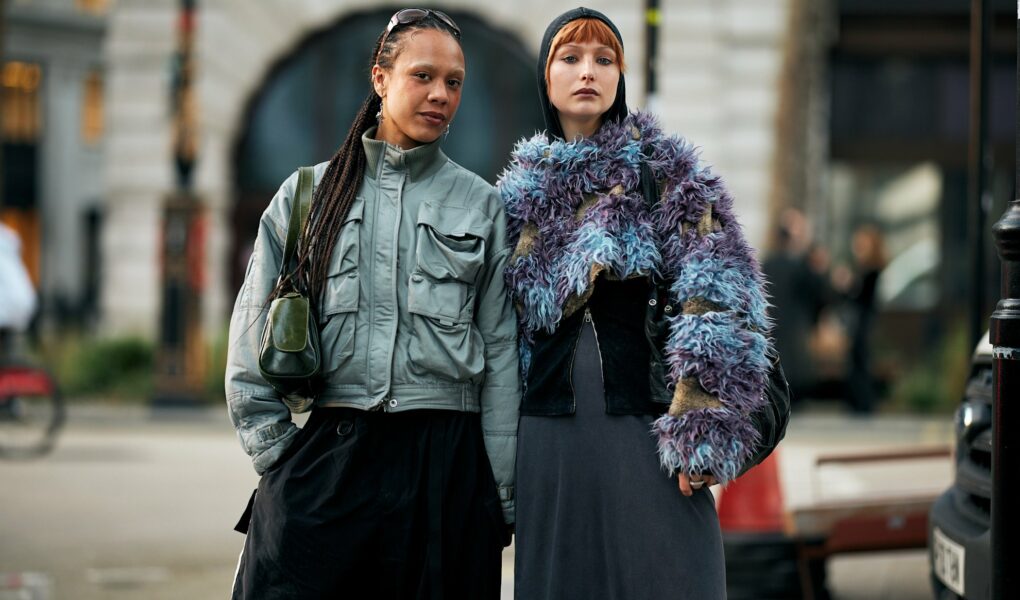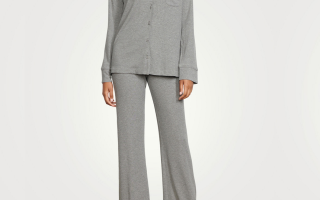Views: 109
The most important sartorial artifact of 2025 isn’t Kendrick Lamar’s boot-cut jeans from the Super Bowl, nor is it Katy Perry’s blue jumpsuit from her recent day-trip to space. It’s When You Think You Are Unique, a video by Dutch content creator Benthe Liem and arguably the most damning proof of fashion’s growing homogenization. [tik-tok-video url=”https://www.tiktok.com/@benthemeyliem/video/7483267185532472598?q=influencer%20trench%20coat%20trip&t=1745246131243″ /] The 12-second TikTok opens on a blonde woman in a tan trench coat and blue jeans—chic, sure, but nothing remarkable. What is remarkable is her expression: deep, profound embarrassment. The joke is that Liem is wearing the exact same ensemble as her friend. But the punchline is they’re in a room with dozens of influencers—all in identical outfits. In 2025, our style has never looked more similar. Take a simple scroll on Instagram or a walk downtown, and it likely won’t be long before you come across the latest parade of the “it” clothing on the internet. Adidas Sambas, Maison Margiela Tabis, the Toteme embroidered scarf jacket—all once markers of a unique POV—have now infiltrated the mainstream and become as commonplace as a Honda Civic. But is the reason we’re all dressing the same as simple as our insidious addiction to social media Surely, it’s not that straightforward. While it’s undeniable that our algorithms are curating our feeds, fashion is still fundamentally about identity and community. So what does our choice to look nearly identical—conscientious or otherwise—say about us? Below, FASHION breaks down a few possible theories.
The obvious answer: Social media
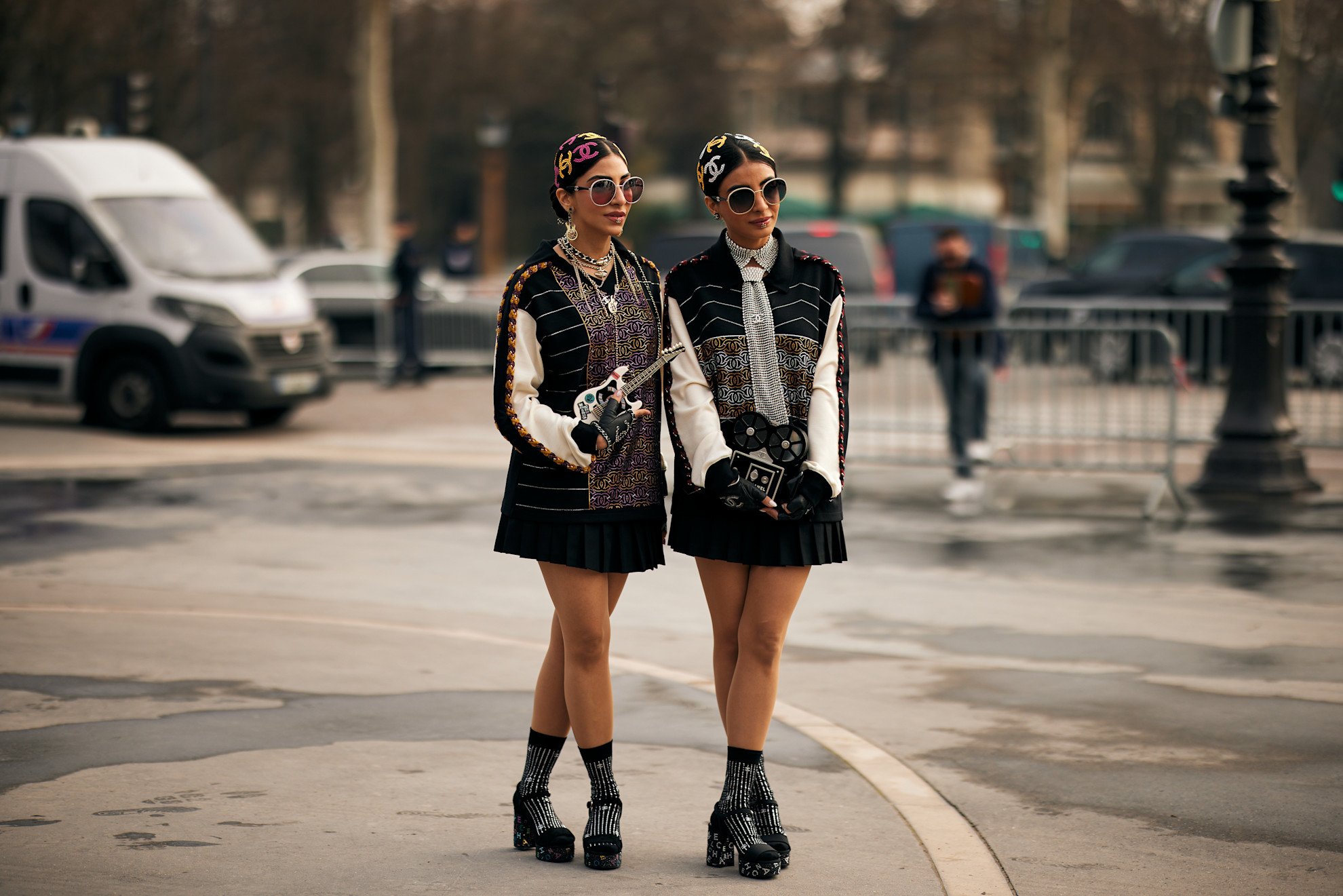
Photo via launchmetrics/spotlight
For all the harm that social media causes, one of its biggest wins was the democratization of fashion. Indeed, designers and legacy publications are no longer the sole arbiters of taste—today, they are a part of a larger style ecosystem. What no one anticipated, however, was that as more vocal voices joined the conversation, the dialogue didn’t become more diverse but more similar. Think about it: We’re all scrolling the same feeds, watching the same videos, saving the same memes. Naturally, we’re pulling from the same playbook when we get dressed. The flood of TikTok-led micro-trends—or “cores”—of the early 2020s also didn’t help. Although their original purpose was (rather ironically) to promote more stylized niches and brand individuality, it created a chaotic cycle of one-upmanship that not only led to the current trend burnout we’re all facing, but also to us dressing more alike than ever.
The slightly-less obvious answer: The rise of dupe culture
[tik-tok-video url=”https://www.tiktok.com/@bethennyfrankel/video/7456568697700797739?is_from_webapp=1&sender_device=pc&web_id=7489510808822285879″ /] To dupe or not to dupe—for many, that’s rarely a question. With the cost-of-living crisis and the beginning of a global recession, very few can afford to spend the $5,000 it takes to purchase the “it” bag of the season. Instead, it’s become a point of pride to find a fast-fashion alternative, akin to bragging that you got something on super-sale or that your dress has pockets. But while dupe culture has undeniably made style more accessible to the masses, it’s also made it more uniform. Inherently, knockoffs prioritize trends over personal style. The focus is on “getting the look” and fitting into a specific aesthetic rather than honing in on your unique fashion perspective. If millions of people are buying the same $20 Skims knock-off, we’re bound to notice the monotony. And we’re not just all buying the carbon-copy—we’re doing it fast and all at the same time. What we gain in affordability, we lose in individuality.
The real answer: Our lack of belonging in 2025
In the end, the simple truth behind why we’re all dressing the same is that we want to look the same. Why? Because in 2025, our sense of community is slipping away.
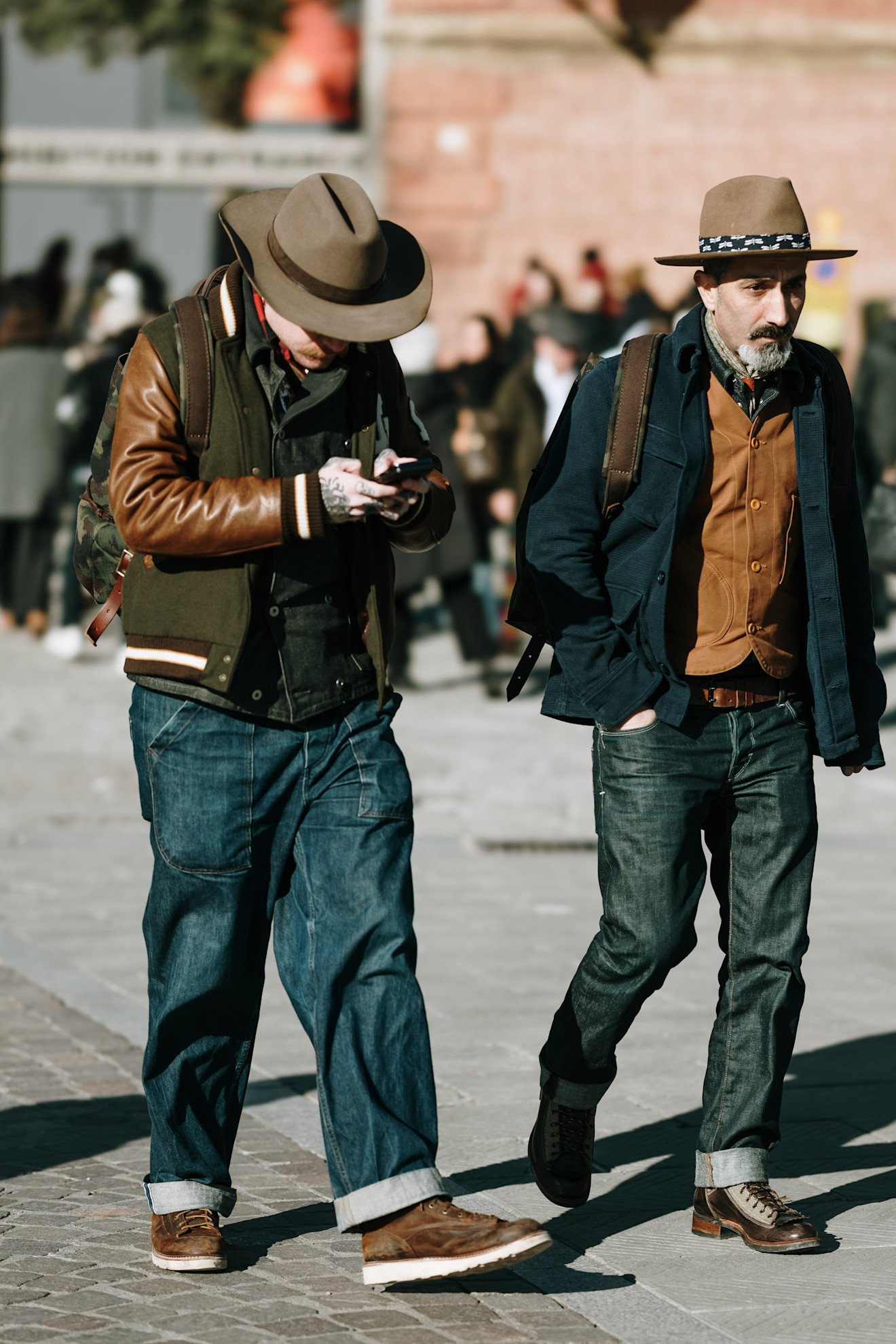
Photo via Launchmetrics/Spotlight
Fashion, in its most basic form, is about identity, communication and community. How we choose our clothes is how we choose to move through the world. Clothing can convey what we want and hide what we don’t and broadcast where we belong. Humans have an innate need to belong—whether it’s a social class or a subculture, we are pack animals who biologically feel safest in a group (hunting, gathering, all that jazz). When was the last time you truly felt like you belonged? Was it online? Perhaps. But we’re experiencing a very real digital overload meets real-life disconnect. By spending so much time in a pixelated world, we are under-developing our in-person relationships. Your friends may see you went to a fancy new restaurant for dinner, thanks to your Instagram story, but they don’t know you had a panic attack at 1 a.m. We’re also experiencing unprecedented urban isolation. The erosion of the third place—a neutral spot where people can socialize—has already been well documented but bears repeating. There’s nowhere to “hang” anymore. Offices are empty, coffee shops are quiet work zones, public spaces are drastically underfunded and floundering. Not to mention the rise of hyper-individualism, hustle culture, burnout, the introduction of AI “friends,” and so much more. No wonder we’re having a collective identity crisis.
The cure: Ask yourself the hard questions
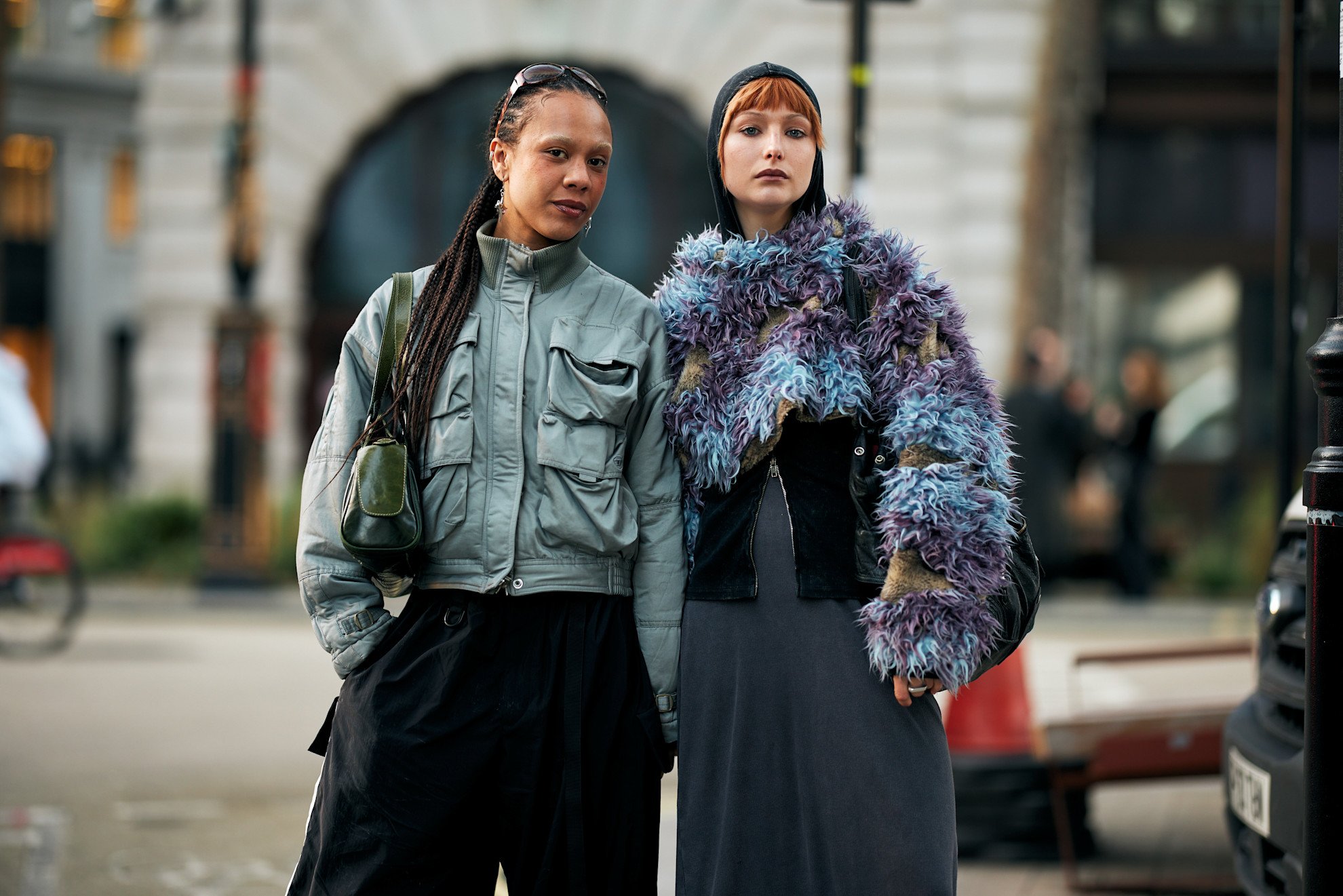
Photo via Launchmetrics/spotlight
So how do we stop this sartorial snowball from spiralling? Right off the bat, stop liking those TikTok videos that start with “Girl, what are we wearing this spring?” because that’s a recipe for uniformity. It might also be high time to have a frank conversation with yourself. Do you honestly want to stand out from the crowd? If the answer is no, that is completely valid. We all have different dispositions, and even the most maximalist dressers have times when they want to hide in their hoodies. Consider the It items of the internet a stylish buffet—one where you can peruse at your leisure without the pressure of putting everything on your plate. If Adidas Sambas hurt your eyes, don’t wear them! If you feel more comfortable in a high-rise jean than a low-rise, tell them sayonara. If you don’t like Aritzia outerwear—well, that’s a little crazy because they make amazing blazers and have a ton of variety, but I digress—you don’t have to drop the dollars. Imitation may be the sincerest form of flattery, but even likeness has its limits. Continue Reading
